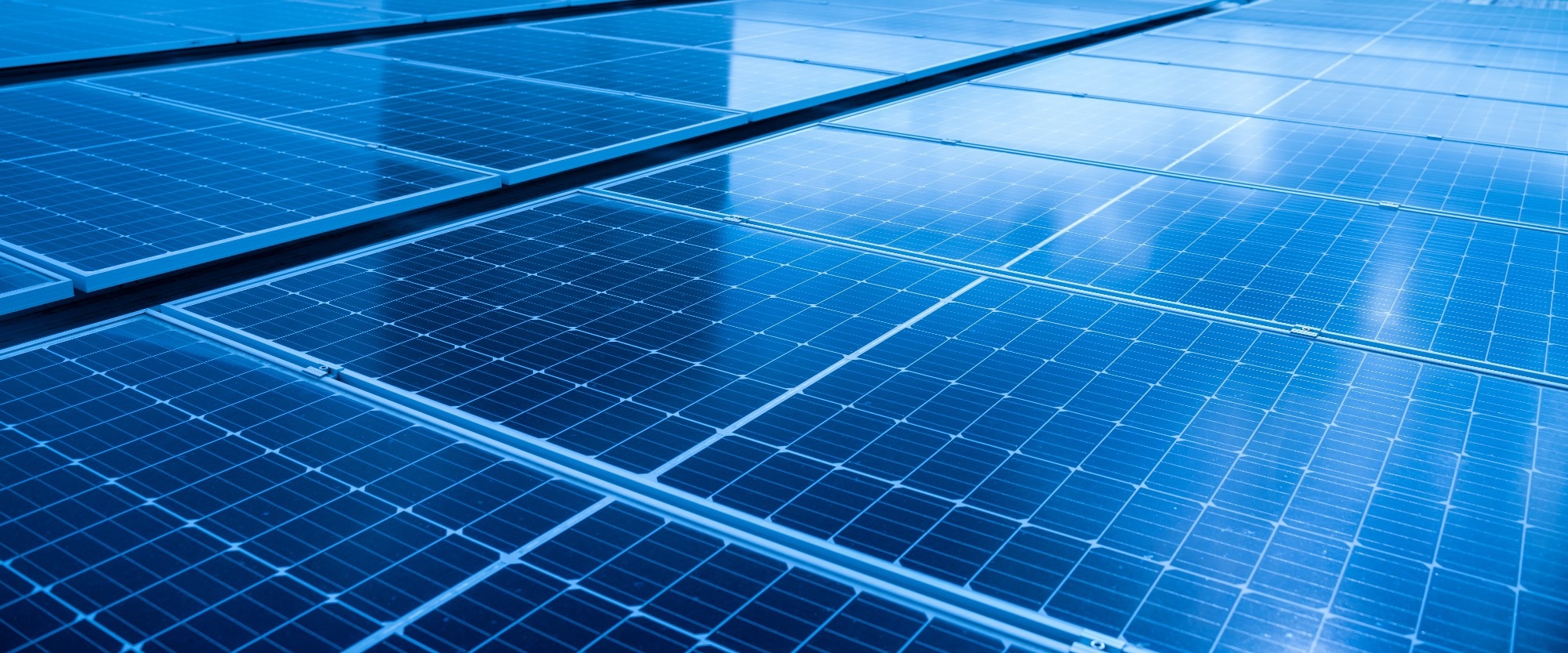
Image Credit: Fit Ztudio/Shutterstock.com
The system combines deep learning with robotics to map semiconductor properties across perovskite films with exceptional accuracy and speed. It operates without labeled data, improves probe positioning, and detects material inhomogeneities - advancing the capabilities of autonomous diagnostics in self-driving labs.
Contact-based techniques like profilometry and four-point probe measurements are essential for analyzing surface and electrical properties of materials. However, they tend to be slow and localized, limiting their scalability. While non-contact methods have benefited from robotics and deep learning, contact-based approaches still struggle with pixel-precise positioning, real-time control, and heavy reliance on labeled datasets.
Previous attempts - such as R-CNN-guided atomic force microscopy - helped automate measurements but lacked positional accuracy and required significant manual configuration. To overcome these hurdles, the MIT team developed a spatially differentiable convolutional neural network (SDCNN) that incorporates domain knowledge to predict optimal contact points using minimal measurements.
By pairing this with an efficient path planner, the system achieves high-throughput mapping of photoconductivity, completing over 3000 measurements on perovskite films in a single day - entirely without human intervention. This approach bridges the gap between precision, automation, and scalability in contact-based material testing.
Robotic Synthesis and Characterization Workflow
The researchers began by preparing methylammonium lead mixed-halide perovskite films using an Opentrons OT-2 automated system. They created 35 distinct precursor compositions (0.6 M MAPbI₃ and MAPbBr₃ in a 4:1 DMF:DMSO solvent blend with stoichiometric MAI and Pb halides), dispensing 4 µL droplets onto glass slides heated to 55 °C. After deposition, the films were annealed at 150 °C for 20 minutes to promote crystallization.
A custom-built 4-degree-of-freedom (DOF) robotic platform handled the measurements. The setup included a frame made from 80/20 aluminum, NEMA 17 motors for XYZ-θ movement, and a BIGTREETECH Octopus V1.1 control board. A ball screw-driven Z-stage ensured vertical stability, and a pancake stepper motor handled yaw (θ) adjustments. The end effector featured an Ossila four-point probe stabilized with a 3D-printed anti-cantilever attachment to reduce drift. Illumination came from high-power LEDs, ensuring even excitation during measurements.
The system’s intelligence came from the SDCNN, which featured convolutional layers, batch normalization, a spatial attention module, and fully connected heads for predicting probe poses (X, Y, θ). Trained on 8,500 augmented images, the network used a self-supervised loss function with Gaussian-smoothed segments to maintain pixel-level accuracy.
Compared to seven other models, the SDCNN improved valid pose generation by 20 % and boosted positioning accuracy by 1.5 %. A noisy Dijkstra’s algorithm further optimized path planning, outperforming A*, genetic algorithms, and Christofides with 5 % shorter travel distances and a 529 % reduction in path variability.
Over a 24-hour session, the system completed 3025 measurements using a Keithley 2425 source meter, capturing current-voltage data from −40 V to +40 V under both dark and illuminated conditions. The spatially resolved data exposed gradients and defects, highlighting the system’s precision and consistency.
Key Findings
The robotic system autonomously mapped semiconductor photoconductivity using a vision-guided deep learning approach. The SDCNN-driven probe achieved 1.5–8.9 % higher positional accuracy than conventional models and increased valid measurement poses by 20 %.
Its integrated path planner minimized movement between probes, delivering a 5 % gain in efficiency with dramatically reduced path variance. The system sustained a pace of over 125 measurements per hour, capturing spatial variations in conductance and identifying subtle defects across perovskite gradients, demonstrating its ability to perform precise, high-throughput material analysis without manual oversight.
Conclusion
This study presents a major advancement in autonomous materials research, showcasing a robotic system that merges deep learning, contact-based sensing, and smart path planning to perform fast, reliable photoconductivity testing. By delivering over 3000 measurements per day and uncovering fine-scale material inconsistencies, it addresses key bottlenecks in throughput and precision.
Future improvements in calibration automation and adaptive pose prediction could push this system even further, supporting a broader range of materials and experimental setups.
Journal Reference
Siemenn, A. E., Das, B., Ji, K., Sheng, F., & Buonassisi, T. (2025). A self-supervised robotic system for autonomous contact-based spatial mapping of semiconductor properties. Science Advances, 11(27). DOI:10.1126/sciadv.adw7071. https://www.science.org/doi/10.1126/sciadv.adw7071
Disclaimer: The views expressed here are those of the author expressed in their private capacity and do not necessarily represent the views of AZoM.com Limited T/A AZoNetwork the owner and operator of this website. This disclaimer forms part of the Terms and conditions of use of this website.